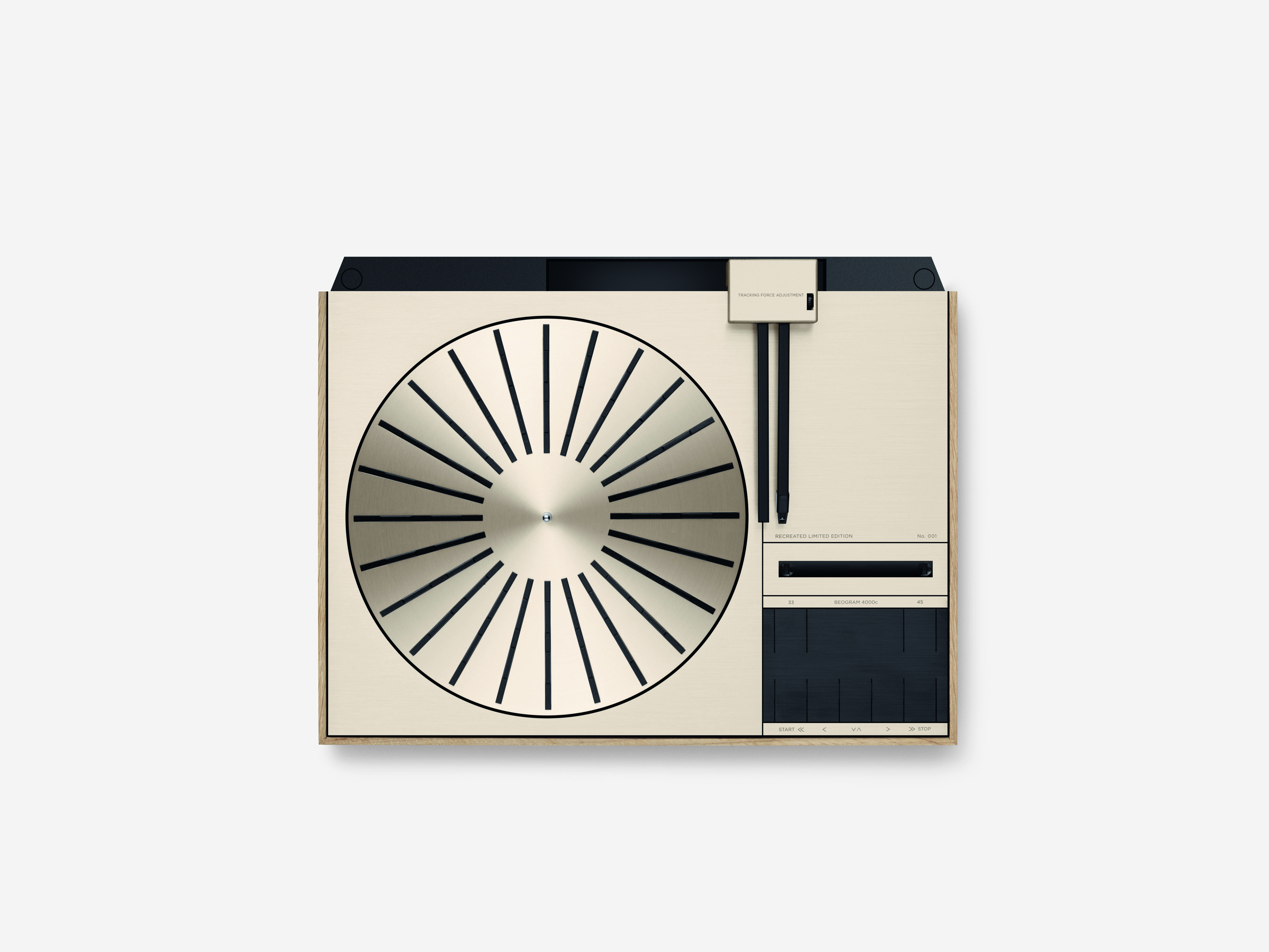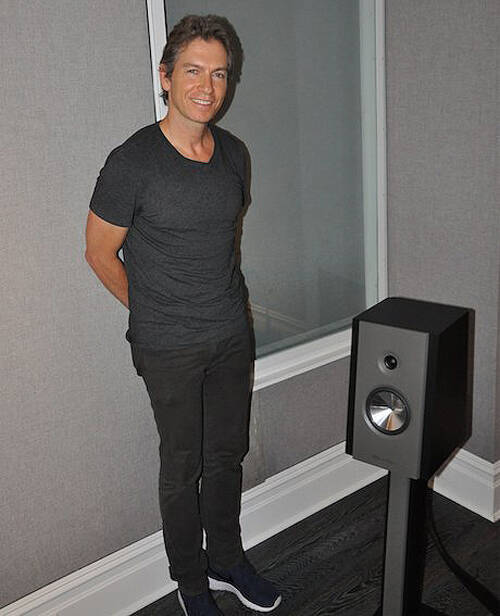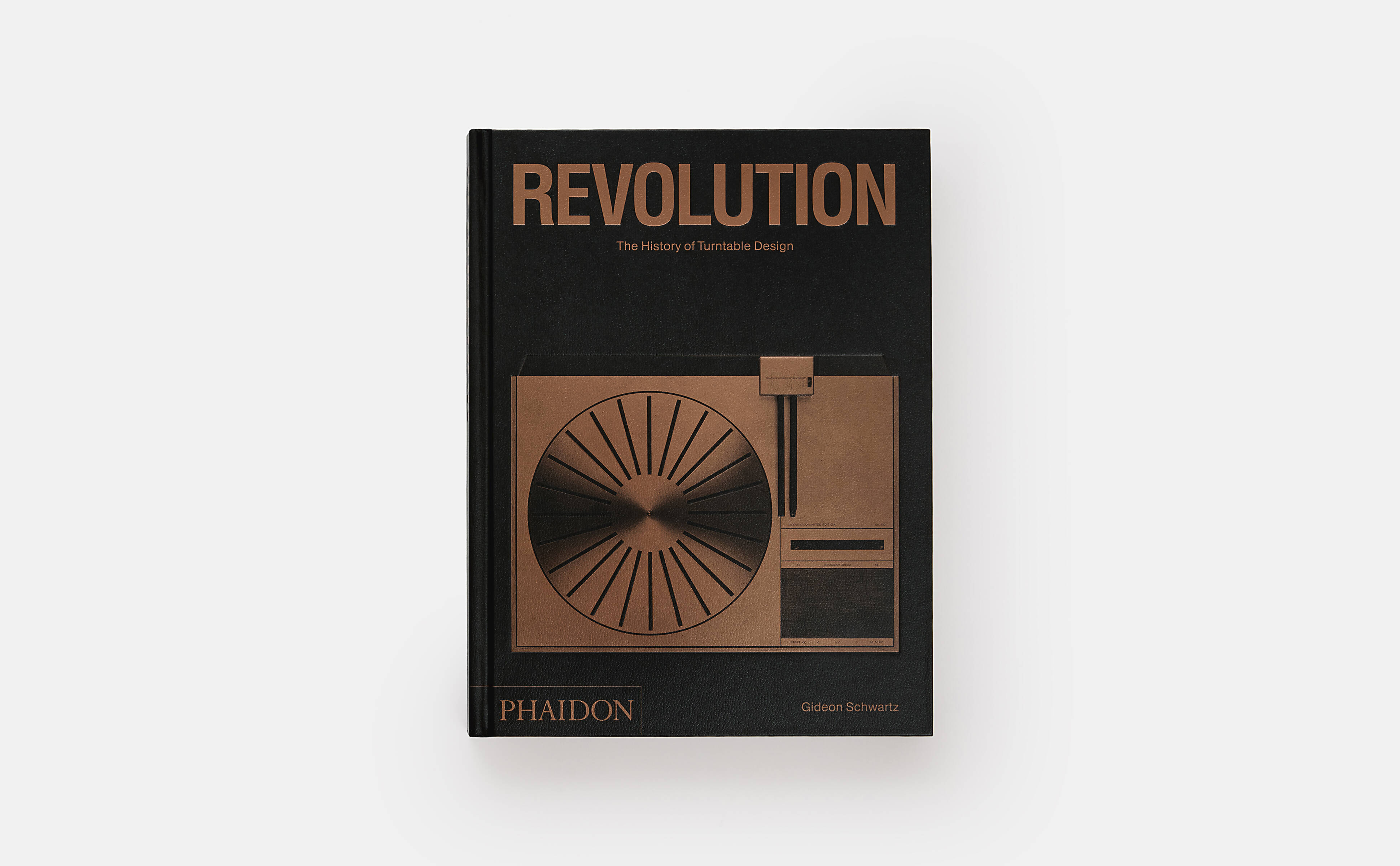
The desire for beauty in the turntable revolution
Gideon Schwartz tracks the rise of the hi-fi deck, from studio tool to desirable domestic design status symbol
For all its brightness and simplicity, pretty much no-one is going to put in a full day’s work today on an original, 1998, gumdrop-coloured iMac G3. We may also admire the mid-century curves of Western Electric’s model 500 telephone, but few of us have a working dial phone on our desks these days. So why, in 2022, would we choose to listen to music on a 50-year-old piece of audio equipment? In his book, Revolution: The History of Turntable Design, author and professional audiophile Gideon Schwartz, runs through the history of needle and groove sound reproduction, from just before Edison’s wax cylinder right up until the present day.
When Schwartz reaches the 1970s, he notes a shift in the way record decks were made, sold and used. Upmarket, hi-fidelity players had arrived, which looked less like a chunk of pro studio equipment, and more like a sleek modern home convenience.
“Deviating from the tank-like broadcast and professional tables of a decade earlier, models of the 1970s strayed from the industrial sensibilities of the past, favouring smaller yet technologically consolidated forms,” Schwartz writes. “Companies such as Audio Research, Dahlquist, Infiniti, Nakamichi, Mark Levinson, Quad, and Threshold effectively gave birth to a luxury segment in the audio component market.”
You could also include the Danish consumer electronics brand Bang & Olufsen. Schwartz singles out B&O’s Beogram 4000 record player as a turntable that isn’t simply a tool for audiophiles but a bone-fide, domestic design counterpoint. The player, which also graces the cover of Revolution, marked a distinct development for both the Danish manufacturer, and record player market more generally.

Author Gideon Schwartz
“Having borrowed heavily from the (Swiss manufacturer) Thorens TD 124 in the 1960s, Bang & Olufsen finally emerged in the 1970s with its proprietary turntable designs, which allowed the company to establish itself as an eminent and sui generis audio-design firm. “Espousing sophisticated hydraulic mechanisms, linear tracking arms, and cutting-edge servo electronics, B&O complemented its Modernist aesthetics with mechanical proficiency. This profound transition was exemplified in its seminal Beogram 4000 turntable, which merited reintroduction by the company in 2020.”
That 2020 edition did include a few new elements – including a built-in preamplifier and a new cartridge – yet it also kept plenty of those ‘70s features, including its linear tracking tonearm.
As Schwartz explains in his book, these less-common arms, fixed to a rail on the top edge of the deck, move across a record in a straight line at a 90 degree angle; this is unlike more common tone arms, which hinge across the disc from a fixed point on the upper right-hand side of the platter, at an increasingly acute angle, as the stylus makes its way towards the disc's centre. That changing angle with those conventional tone arms creates playback problems, as the needle will be pressed into one side of the record's groove. Linear tracking arms solve this problem.
“To frame the concept somewhat artlessly, linear arms attempt to reduce tracking error by moving the styli in a straight radial line across the record’s surface in a manner not dissimilar to how a record is pressed initially,” he writes, “rejecting the arc trajectory of pivoted arms in favour of a consistent orientation.”

Revolution
These linear arms only came onto the market in the 1970s, when styli became lighter and more flexible, enabling different tone arm designs. They’re not widely adopted these days, perhaps because manufacturing costs are fairly high, yet the enduring appeal of the Beogram 4000 demonstrates how the beauty and simplicity of mid-century audio still looks and sounds pretty good when judged by the standards of today. For more on this player as well as many others, order a copy of Revolution here.